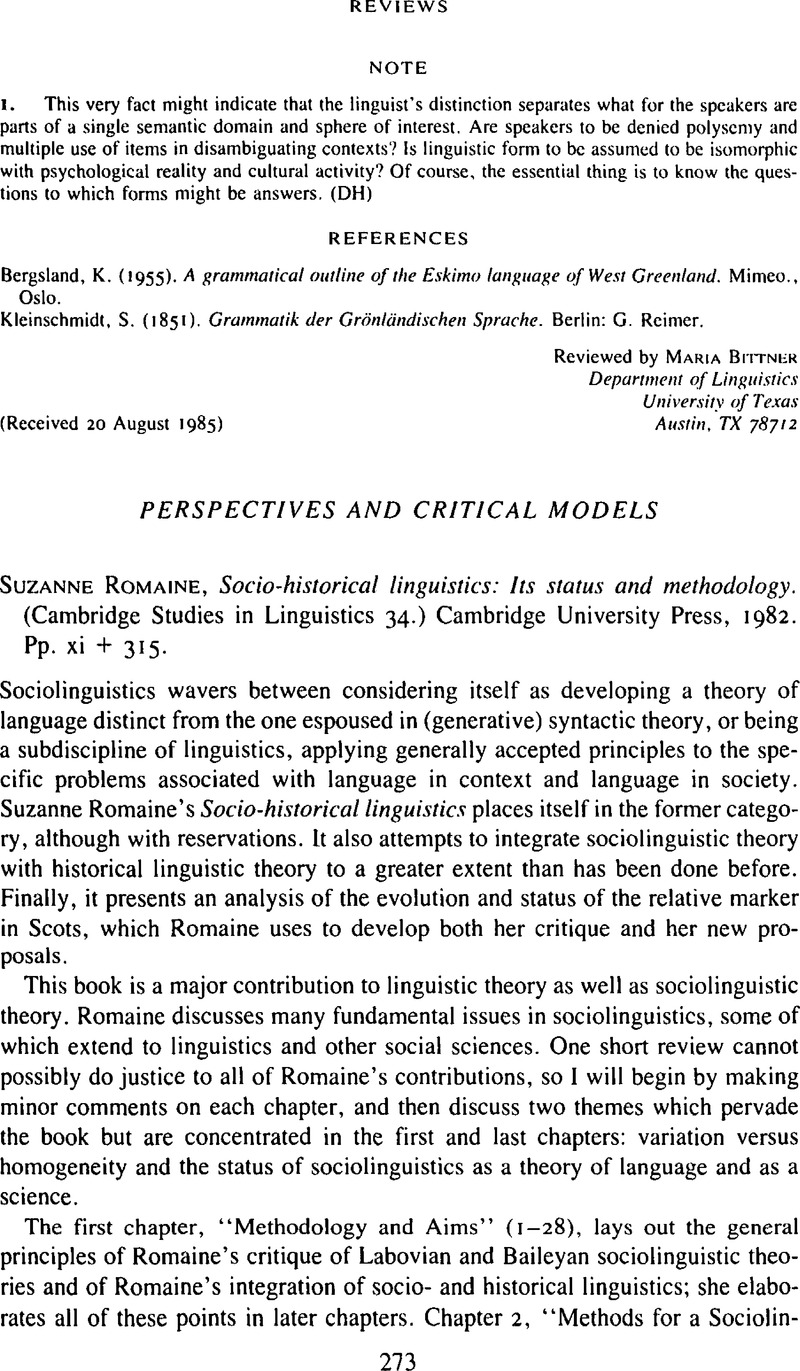Crossref Citations
This article has been cited by the following publications. This list is generated based on data provided by Crossref.
1992.
Social Stylistics.



